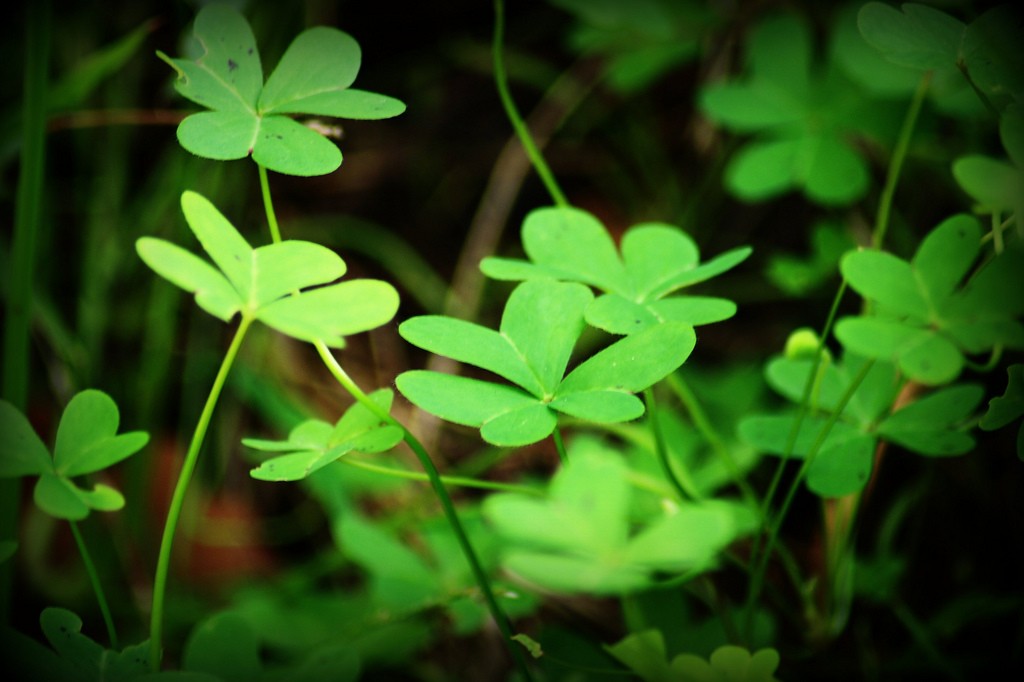Did you get around to watching that movie Into The Wild with Emile Hirsch? Well, whether you saw the movie or read the book, you probably know that it was based on the life of Christopher McCandless. McCandless had a strong desire to live life off the grid (hence the source material for the book) and did just that. He he met his demise from eating unsafe berries that ultimately killed him. The jury is still out on whether this was intentional or not. But the lesson for us was very obvious: You NEED to know what you're eating when you're out in the wild. Assume nothing is safe unless you're 100% certain, as this is life or death.
A few tips for what to avoid:
Plants to Avoid
If you can’t clearly identify a plant and you don’t know if it’s poisonous, it’s better to be safe than sorry. Steer clear from a plant if it has:
- Milky or discolored sap
- Spines, fine hairs, or thorns
- Beans, bulbs, or seeds inside pods
- Bitter or soapy taste
- Dill, carrot, parsnip, or parsley-like foliage
- “Almond” scent in the woody parts and leaves
- Grain heads with pink, purplish, or black spurs
- Three-leaved growth pattern
Plants you CAN eat!
Clovers (Trifolium)
Lucky you-clovers are actually edible. And they’re found just about everywhere there’s an open grassy area. You can spot them by their distinctive trefoil leaflets. You can eat clovers raw, but they taste better boiled.
Chickweed (Stellaria media)
You’ll find this herb in temperate and arctic zones. The leaves are pretty hefty, and you’ll often find small white flowers on the plant. They usually appear between May and July. You can eat the leaves raw or boiled. They’re high in vitamins and minerals.
Kelp (Alaria esculenta)
Kelp is another form of seaweed. You can find it in most parts of the world. Eat it raw or include it in a soup. Kelp is a great source of folate, vitamin K, and lignans.
White Mustard (Synapsis alba)
White mustard is found in the wild in many parts of the world. It blooms between February and March. You can eat all parts of the plant- seeds, flowers, and leaves.
Wood Sorrel (Oxalis)
You’ll find wood sorrel in all parts of the world; species diversity is particularly rich in South America. Humans have used wood sorrel for food and medicine for millennia. The Kiowa Indians chewed on wood sorrel to alleviate thirst, and the Cherokee ate the plant to cure mouth sores. The leaves are a great source of vitamin C. The roots of the wood sorrel can be boiled. They’re starchy and taste a bit like a potato.
The plants listed above are the highlights from Art of Manliness. To view even more plants that you can safely eat, check them out here.
Have You Ever Had to Survive on Plants in the Wild?
If you have or if you know of other safe to eat plants, please let us know! We'd love to add them to our survivalist list. Hopefully we never have to resort to eating them, but you never know. It's always best to be prepared.

One of the other things you can do is get a edible plant book for your state and start studying them also there should also b a website that pertains to each states edible forage
Lol nothing like telling someone (dude that lief you just used to wipe with, well that was poison oak) .